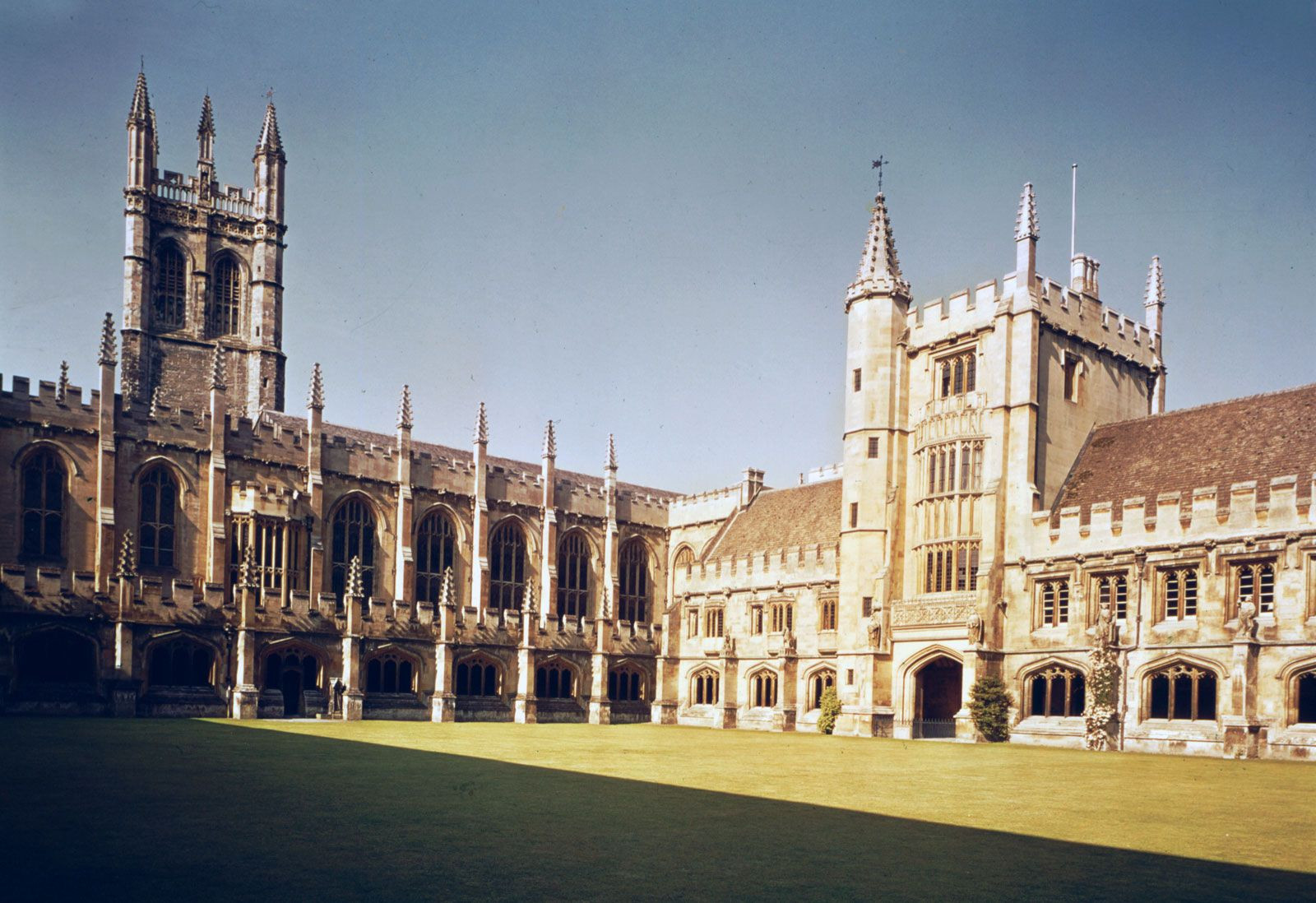Oxford, a city synonymous with academic excellence and stunning architecture, is nestled in the heart of England. But Where Is Oxford Located exactly? This historic city is situated in Oxfordshire, a county in South East England. To be more precise, Oxford lies approximately 90 kilometers (56 miles) northwest of London, making it easily accessible from the capital and other major UK cities.
Geographically, Oxford occupies a unique position at the confluence of two significant rivers: the River Thames (known locally as the Isis) and the River Cherwell. This strategic location, where the rivers meet, has played a crucial role in Oxford’s development throughout history, initially serving as a fording point in Saxon times. The city’s landscape is characterized by the low-lying valley between these rivers, historically less favored than the higher grounds surrounding it, which were preferred by earlier settlers.
Oxford’s location within Oxfordshire places it within a region rich in history and natural beauty. Oxfordshire itself is bordered by several other English counties, including Warwickshire to the north-west, Northamptonshire to the north-east, Buckinghamshire to the east, Berkshire to the south, and Gloucestershire to the west. This central position in southern England has made Oxford a significant hub throughout the centuries, contributing to its growth and importance.
Historically, Oxford’s location was strategically vital for defense. During Saxon times, it evolved into a Thames burg, a fortified town designed to protect the northern borders of Wessex from Danish incursions. The Anglo-Saxon Chronicle first mentioned Oxford in 912, highlighting its importance even in that era. While physical remnants of Saxon Oxford are scarce, the Saxon Romanesque tower of St. Michael’s Church stands as a testament to this early period.
The Norman era further solidified Oxford’s strategic importance. Robert d’Oilly, the first Norman governor, constructed Oxford Castle, leveraging the city’s location for defense. He also initiated bridge building (Magdalen, Folly, and Hythe bridges), enhancing connectivity and reinforcing Oxford’s role as a key point in the region. The Normans also built a stone wall around the settlement, enclosing a substantial area, further emphasizing the city’s position as a significant urban center.
Oxford’s fame is inextricably linked to the University of Oxford, one of the oldest and most prestigious universities in the world. The university’s presence has profoundly shaped the city’s character and architecture. Known as the “City of Spires,” Oxford’s skyline is dominated by the magnificent Gothic towers and steeples of the university’s colleges. These iconic buildings, primarily constructed between the 15th and 17th centuries, are clustered throughout the city center, creating a unique and inspiring urban landscape. Colleges like University College (1249), Balliol (1263), and Merton (1264), the earliest foundations, exemplify this architectural heritage, each built around quadrangles and featuring chapels, halls, libraries, and walled gardens.
While the University became central to Oxford’s identity, the city also functioned as a market town. Although its market function declined from the 13th century onwards as the university grew in prominence, Oxford retained its importance as a trading and commercial center within the region. The relationship between “town and gown,” however, was not always harmonious, famously erupting in the St. Scholastica’s Day riot of 1355.
Oxford’s strategic location continued to be significant in later periods of English history. During the English Civil Wars (1642–51), the city became the Royalist headquarters due to its defensible position and central location. King Charles I retreated to Oxford after key battles, further highlighting its strategic value. Later, Oxford evolved into an important stagecoach junction, and the development of canal networks in the 18th century and the Great Western Railway in the 19th century further enhanced its connectivity and accessibility.
In the modern era, Oxford has grown beyond its historical and academic foundations. While still retaining its charm and historical significance, it has also become a center for industries like printing and publishing, and notably, automobile manufacturing, pioneered by William Morris (Lord Nuffield) in Cowley, now part of Oxford. This industrial expansion in the 20th century broadened Oxford’s economic base and population.
In conclusion, Oxford is located in Oxfordshire, South East England, at the confluence of the River Thames and River Cherwell, approximately 90 kilometers northwest of London. This location has been fundamental to its historical development, strategic importance, and the growth of its renowned university. From its Saxon origins as a fording point to its modern status as a vibrant city, Oxford’s geographical position has continually shaped its identity as a significant cultural, academic, and economic center in England.
[

